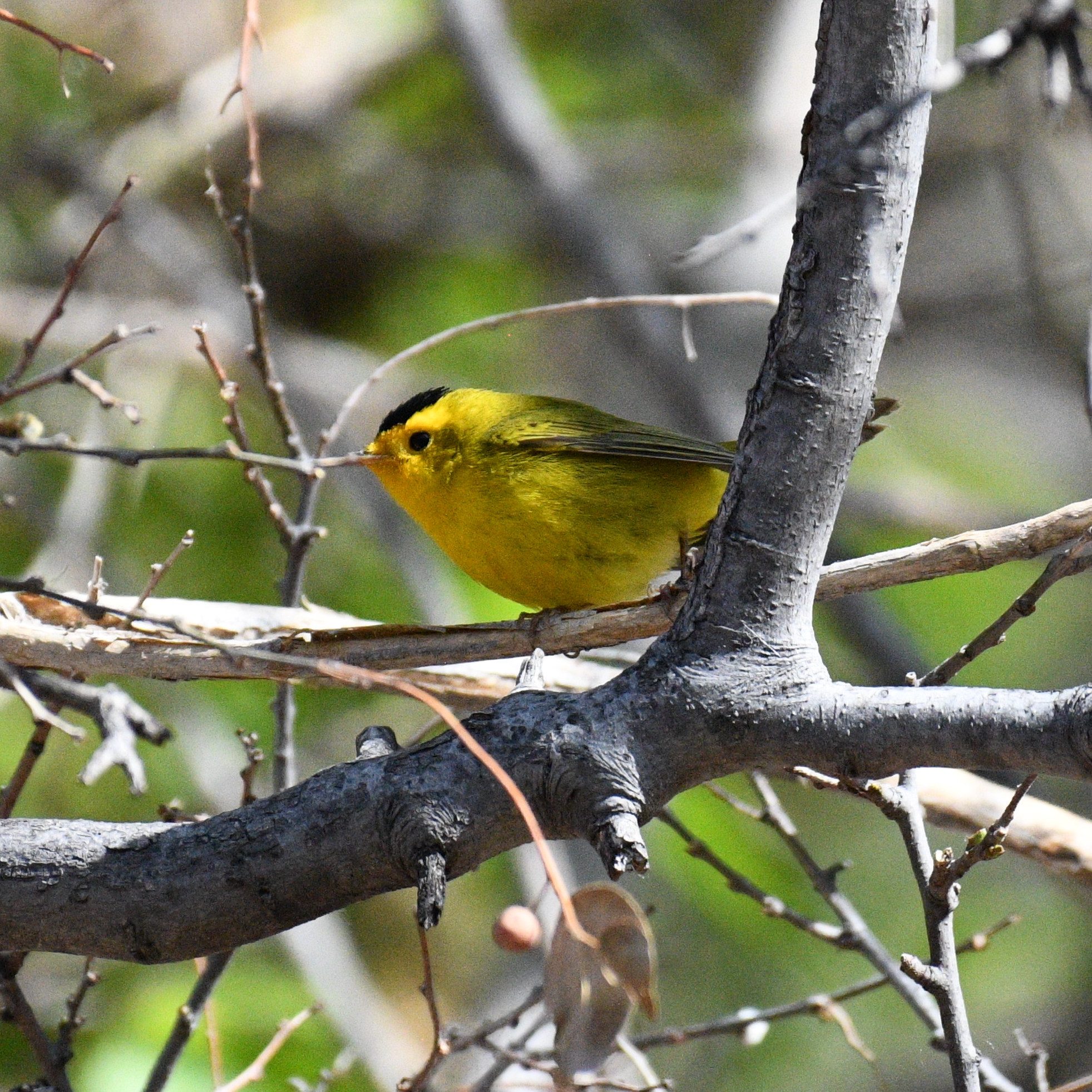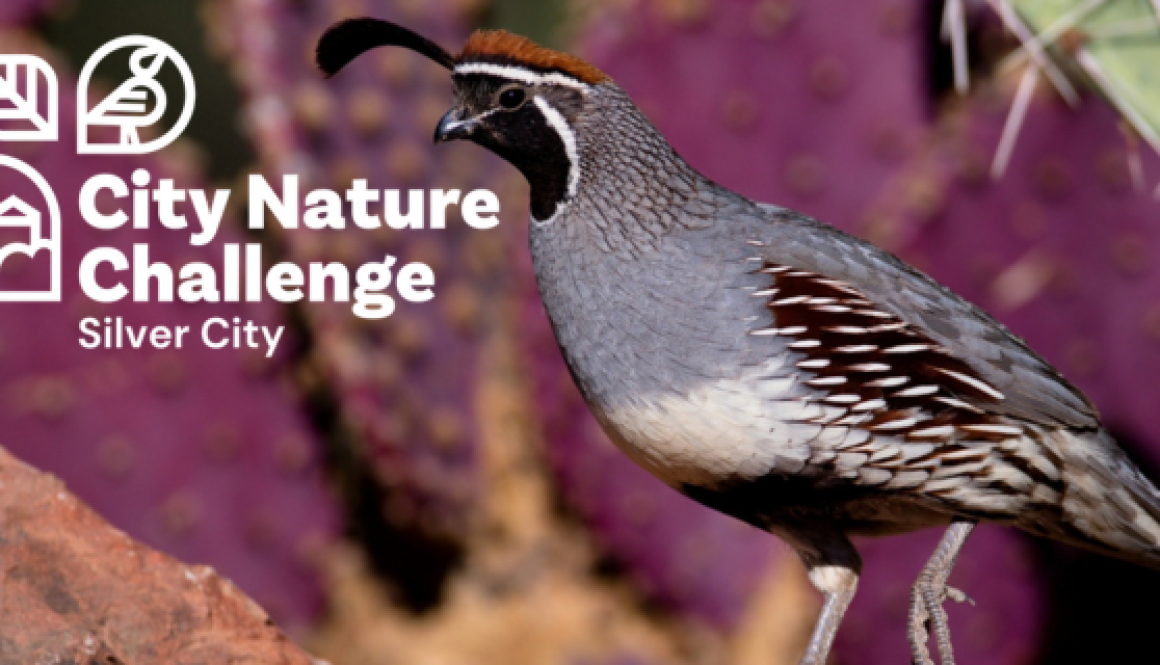CNC 2025 Global Results Announced!
Silver City Contributes to Global Biodiversity Survey
The 10th annual City Nature Challenge, held in April 2025, brought together tens of thousands of people across the globe to document biodiversity in their local environments. In just four days, 102,945 participants from 690 cities across 51 countries recorded an astounding 3,310,131 observations using the iNaturalist platform. These observations captured 73,765 species, including more than 3,338 rare or threatened species. These numbers represent not only the largest City Nature Challenge to date, but also a major citizen science contribution to global biodiversity databases. Because of these efforts, we know more than ever about the species living in and around our cities. The CNC continues to grow every year, helping scientists and land managers track species ranges, seasonal timing, and the status of urban ecosystems while connecting people with nature in their own backyards. CNC data even contributed to this Ted Talk that highlights the conservation power of iNaturalist observations:
Contributions from New Mexico cities and towns hit record highs in 2025. Albuquerque’s CNC, which included Bernalillo, Sandoval, and Valencia counties, recorded over 15,434 observations of 1,703 species. The Santa Fe area CNC, which included Santa Fe, Los Alamos, and Rio Arriba counties, more than doubled its totals compared to 2024, with 2089 observations of 616 species.
Here in Grant County, the Silver City Watershed Keepers program was proud to coordinate the region’s first-ever participation in the City Nature Challenge. From April 25-28, 2025, participants joined the global effort by exploring backyards, trails, riparian corridors, and urban greenspaces across the county. 34 local citizen scientists submitted observations to the iNaturalist platform, 30 people attended in-person hikes and naturalist events, and 158 total iNaturalist users helped identify species in the app. In total, we uploaded 857 photos and sound recordings of 384 unique species, ranking Silver City #13 in the world among CNC regions of similar population size. For a first-year effort, these results are impressive and reflect both our community’s love of nature and the rich ecological diversity of our region. Each of those 384 species tells a story of habitat, of adaptation, and of the complex web of life that sustains our local ecosystems.

Many of the observations submitted from Silver City and surrounding areas documented lesser-seen species: moths on mesquite branches, amphibians near intermittent pools and streams, spring-blooming desert wildflowers, and native bees visiting flowering shrubs. Observers also recorded plants and pollinators critical to watershed health and food web stability. These findings don’t just enrich our own knowledge—they become part of a global dataset used by scientists, educators, and conservation organizations. Every iNaturalist observation is a point of data that may one day inform land management plans, track climate-related shifts in species distributions, or help detect the early spread of invasive plants or pests. These numbers show that, while we are a small and rural community, our participation holds real weight—and that there is tremendous room for growth. With greater outreach, deeper partnerships, and expanded training opportunities, we could easily double or triple these numbers in future years.
This event was not just about collecting data, it was also about building connections. Whether hiking along new trails or revisiting familiar parks and neighborhoods, participants reported noticing new-to-them species and gaining a new appreciation for outdoor spaces in Grant County. Exploring nature with new eyes, and guided by the iNaturalist app, participants paid attention to details often overlooked, like the tiny bees pollinating apple blossoms or lizards climbing a stucco wall. This spark of curiosity and joy is at the heart of environmental stewardship. When people notice nature and ecological connections, they begin to care for it. And that care is the foundation for action.
Several local organizations volunteered their time and expertise to lead CNC hikes, identify observations posted to iNaturalist, and guide participants to biodiversity hotspots. A special thank you to the wonderful volunteers from the Gila Native Plant Society, Bird Alliance of Southwest New Mexico, The Nature Conservancy, the WaterWorks, the Urban Forestry program and Natural Sciences Department at Western New Mexico University, Trout Unlimited, the Southwest New Mexico Community Forestry Network, and the Amphibian and Reptile Conservancy who hosted events and hikes.

City Nature Challenge – Silver City was organized by Silver City Watershed Keepers, a program of the Gila Resources Information Project. The City Nature Challenge is a natural extension of the Silver City Watershed Keepers mission to protect and restore the ecological health of our watershed through community engagement, education, and advocacy. The observations gathered during CNC 2025 will help local conservation programs better understand what species are present in our watershed, helping us better plan restoration work, educational events, and management of natural areas.
Looking ahead to CNC 2026, we are excited to grow our efforts. Our goals include increasing the number of local participants, expanding outreach to schools and community groups, and including more naturalist groups from our region. We’d also like to see more observations from a wider variety of habitats—including forested canyons, desert grasslands, and our unique riparian zones. With each new observer and each new photo upload, we paint a more complete picture of the biodiversity that sustains us.
City Nature Challenge 2025 was a milestone for the Silver City area. For the first time, our community added its voice to a global chorus celebrating the wild beauty of life on Earth. While some communities may have recorded tens of thousands of observations, every single one of our 857 records matters. Each is a piece of a puzzle that scientists are using to monitor environmental change, understand species migrations, and protect at-risk habitats. Our community’s contribution proves that small towns and rural regions are just as vital to biodiversity conservation as the world’s largest cities.
We offer our heartfelt thanks to everyone who took part in this year’s event—whether you snapped a photo of a lizard on your porch, joined one of our guided nature walks, or helped identify species after the event. Your efforts have placed Grant County on the map as a hub for community science and environmental awareness. We hope you’ll join us again next year—and bring a friend!
Until then, we encourage you to keep using iNaturalist to record the plants, animals, and fungi you see throughout the year. Every observation deepens our shared understanding of the natural world, and together, we’re building a more resilient, informed, and connected community—one species at a time.

















